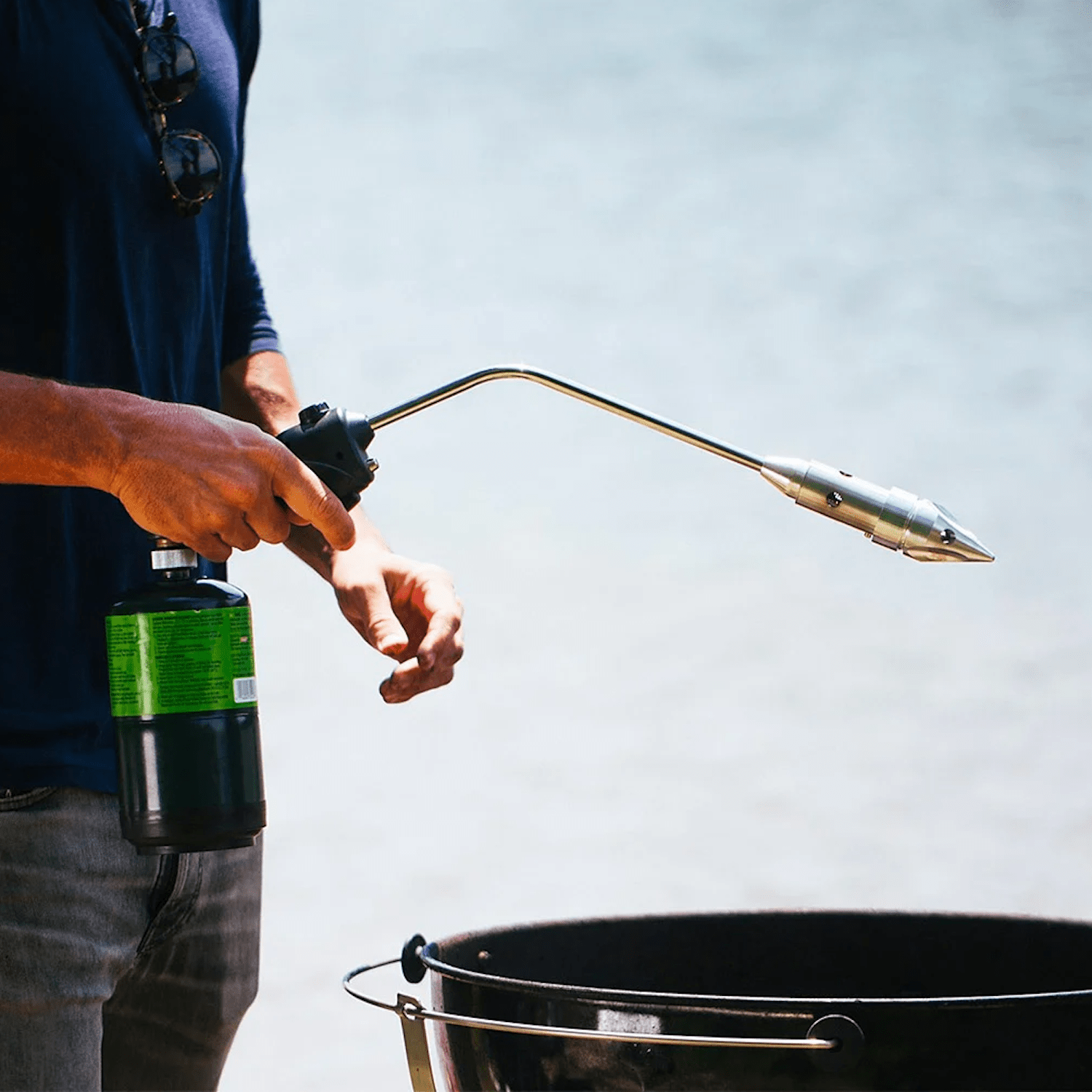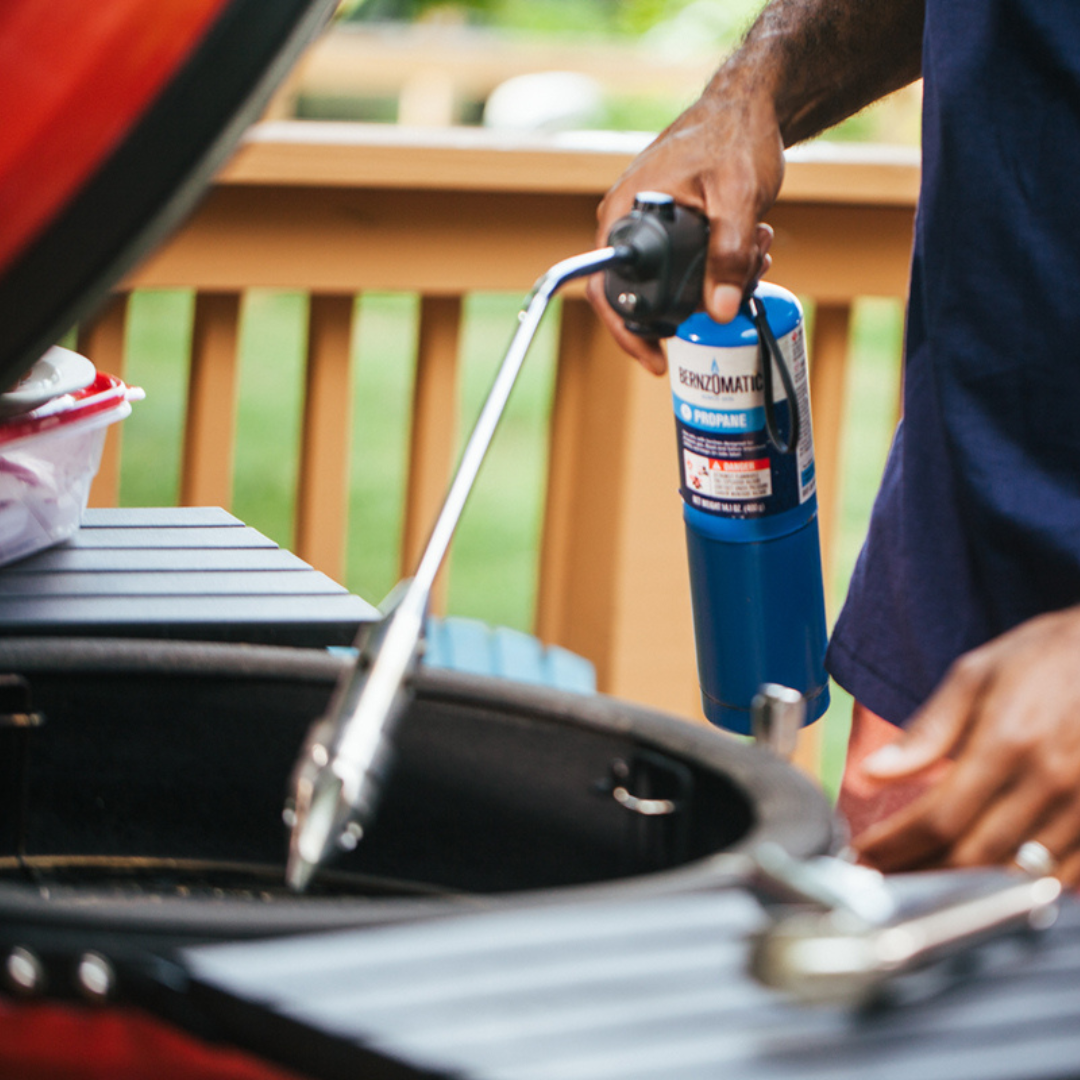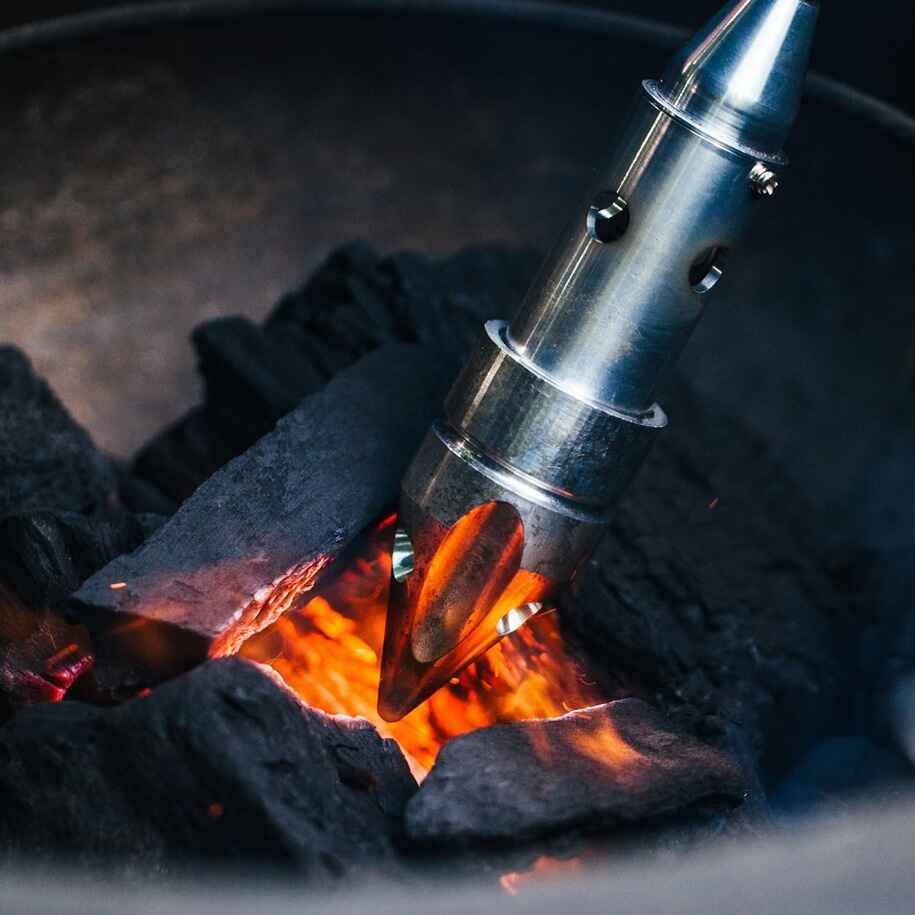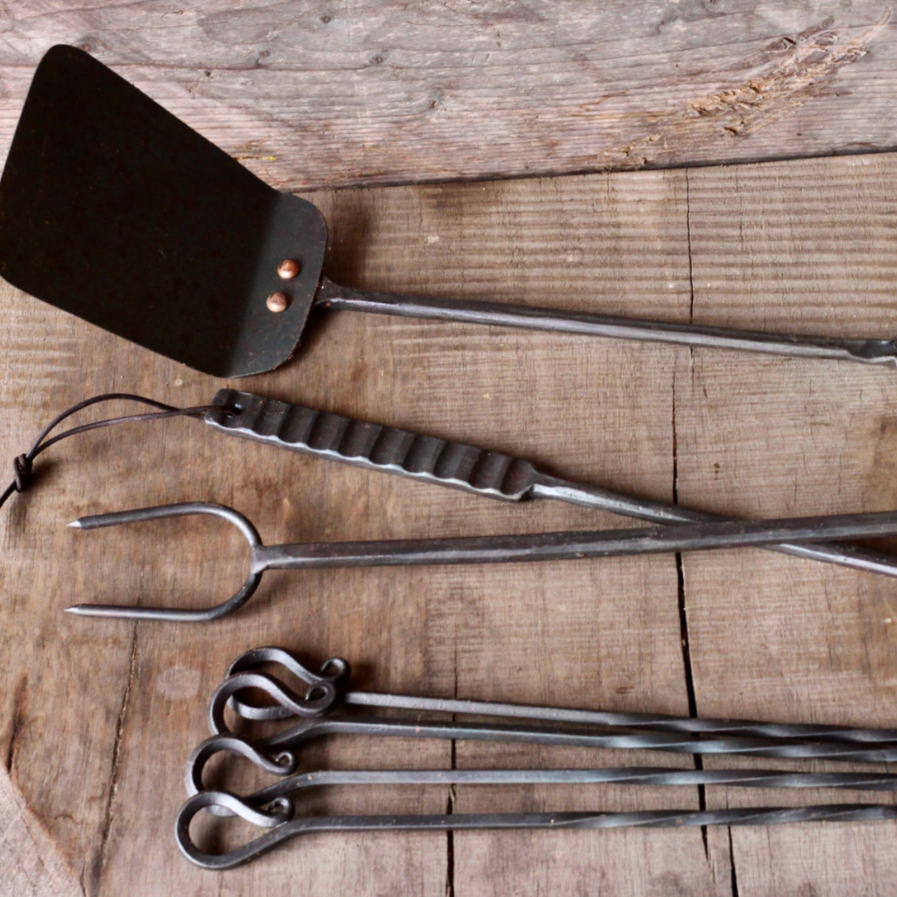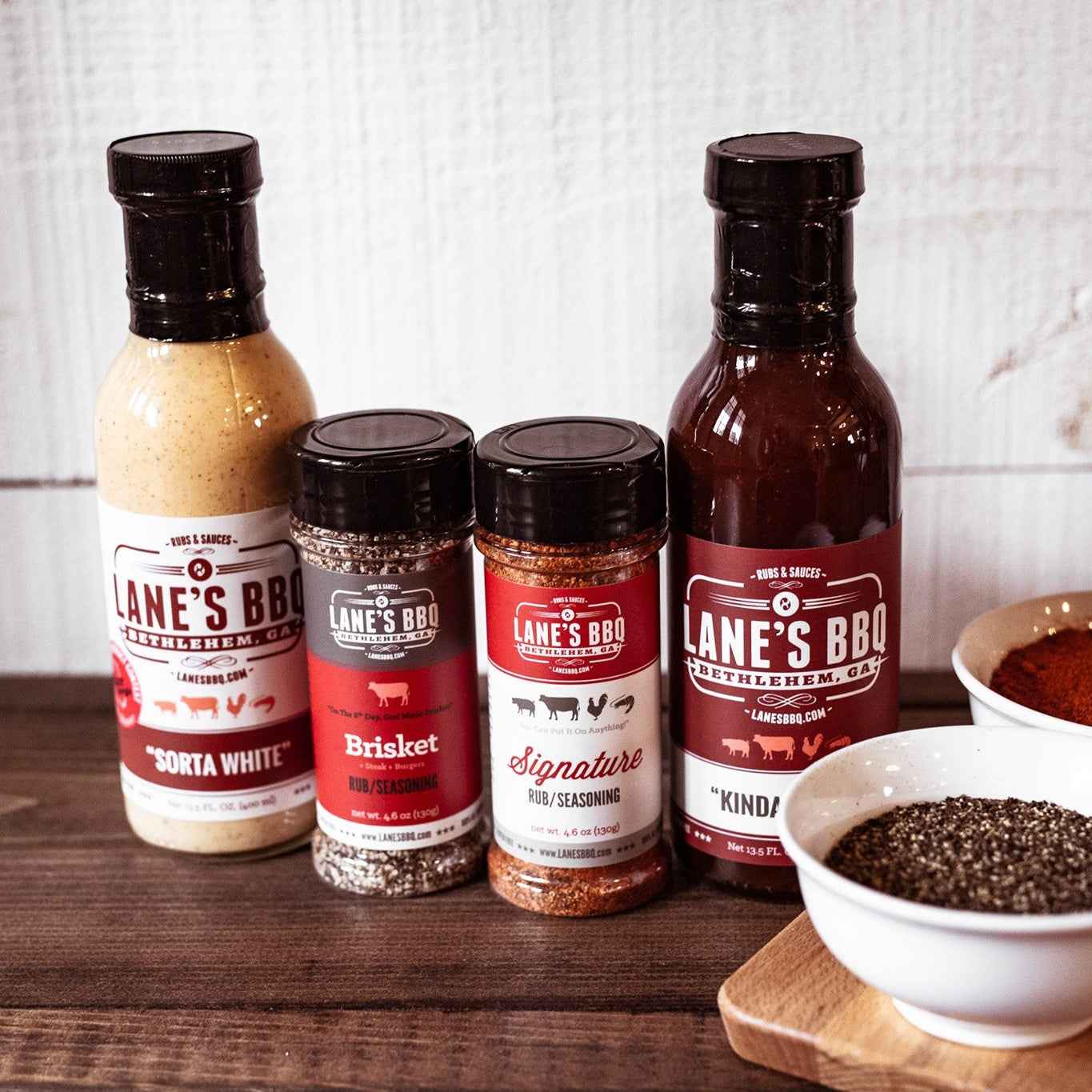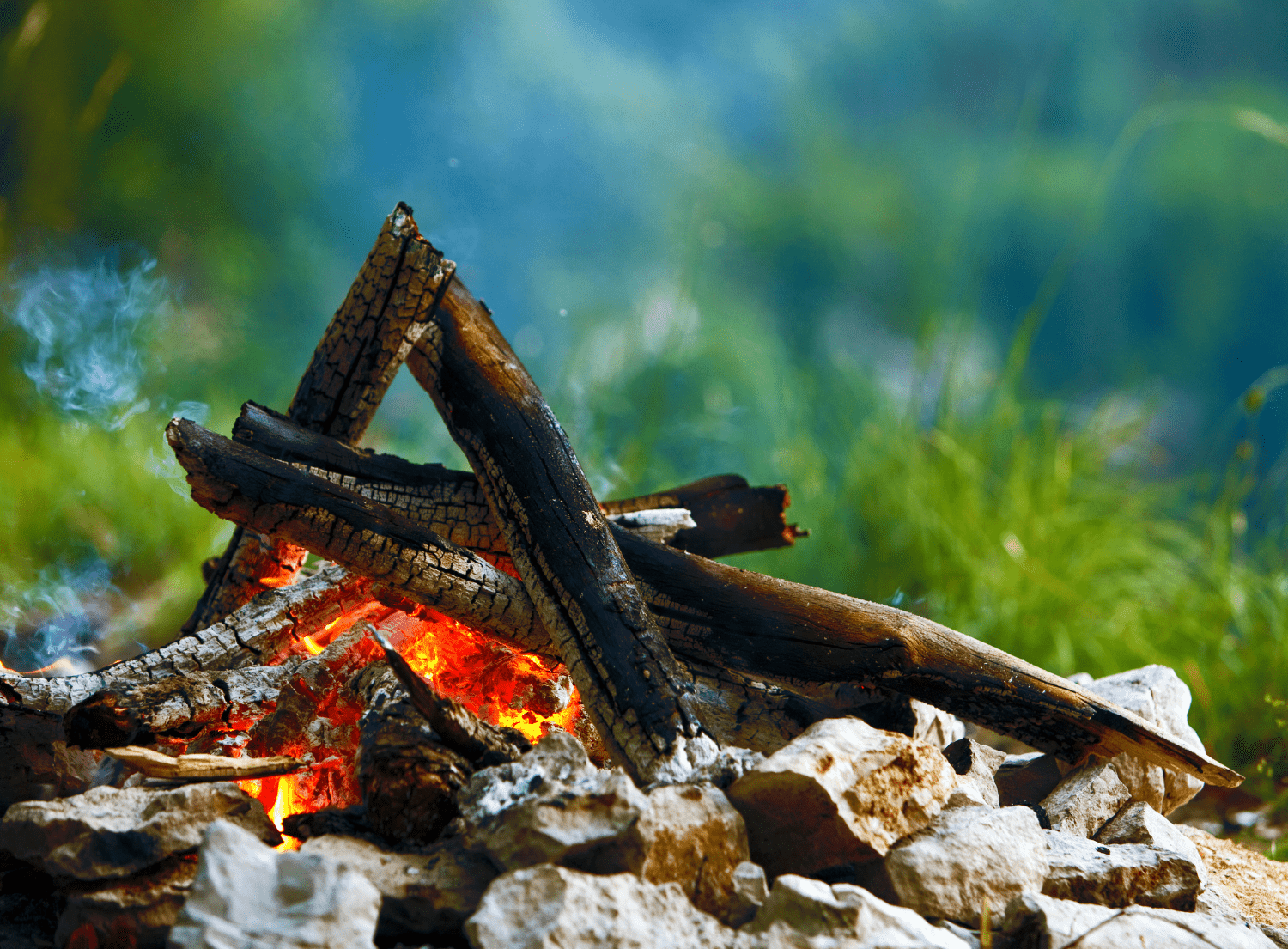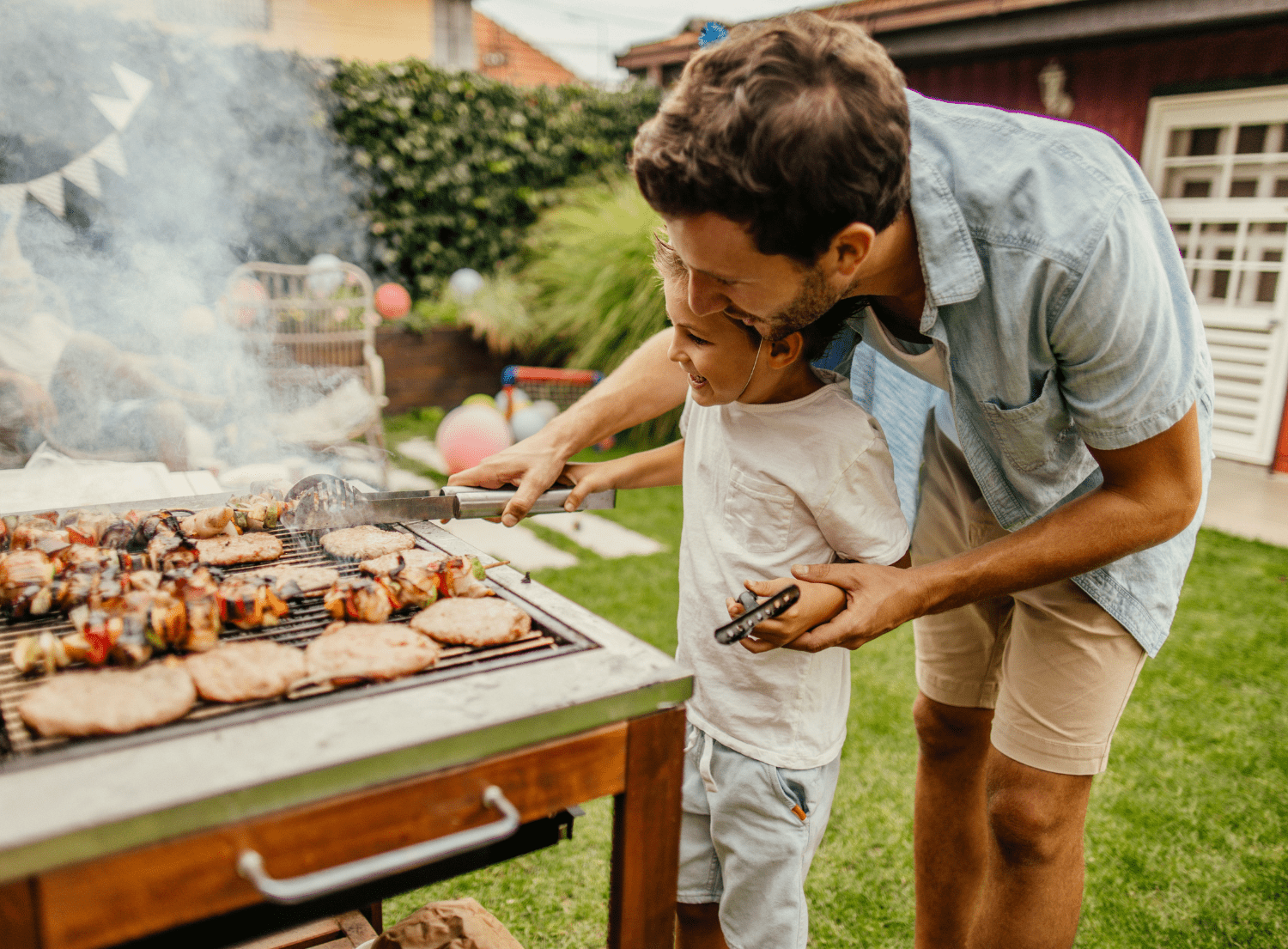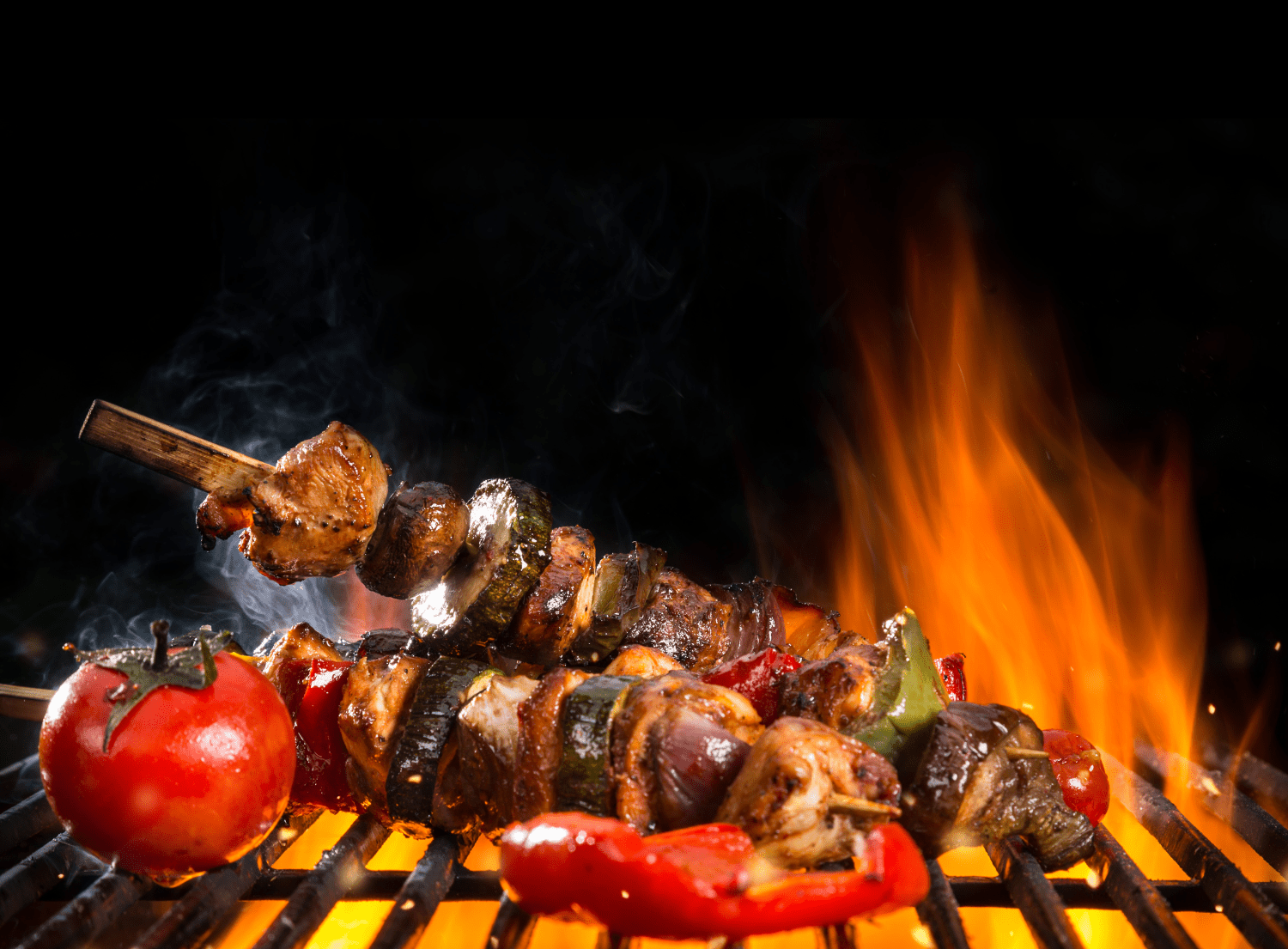Picture this: a chilly evening in the great outdoors, surrounded by friends and family all gathered around a crackling fire pit. The warmth of the flames, the smell of burning wood, and the cozy ambiance make it a perfect setting. But what if your firewood is damp or wet due to recent rain? Can you still achieve that inviting blaze in your fire pit?
Let's explore the possibilities of burning wet wood and discover tips to create a roaring fire even in wet conditions.
Understanding the Challenge of Burning Wet Wood
Burning wet wood in a fire pit poses a unique set of challenges. For example, wet wood contains moisture which can make it difficult to catch fire and sustain the flames. When you attempt to burn wet wood, the water content hinders combustion, resulting in weak flames, excessive smoke, and an overall lackluster fire. But there's good news: with the right techniques and a bit of patience, you can turn damp firewood into a source of warmth and light.
Essential Tools for a Successful Fire
Before diving into the intricacies of burning wet wood, let's gather the essential tools to ensure a successful fire-starting experience. You'll need a fire pit, dry wood for kindling and larger logs, something to light your fire with, and items like cotton balls, dryer lint, petroleum jelly, toilet paper, and a long stick or knife. These materials will be crucial for creating an optimal fire-starting environment.
Lighting your Wet Wood Fire Pit
Creating the Perfect Fire Starter: The RocketFire™ Torch
To conquer the challenge of wet wood, the key lies in creating a highly effective fire starter. Begin by crumpling paper into loose balls, forming a base for your fire. Cotton balls soaked in petroleum jelly make excellent fire starters, as they burn hot and for an extended period. Another option is using dryer lint combined with a bit of toilet paper, forming a highly flammable concoction that helps ignite the wet wood.
However, by far, the easiest way to ignite damp firewood is with the RocketFire™ Torch. Wet wood is simply no match for it. With 25,000 BTUs, it swiftly lights pieces of wood without matches or lighter fluid within seconds. No kindling required! Its Tri-Flame Cone Tip ensures even flame distribution, making it an efficient solution while ensuring consistency. Plus, you can conveniently hang it at your charcoal grill, cooking station, or camping trailer thanks to its rawhide lanyard.
Building a Kindling Teepee
Once your fire starter is ready, it's time to build a kindling teepee over the paper base. Arrange small twigs and dry kindling sticks in a teepee shape, ensuring enough airflow through the structure. This arrangement encourages the flames to catch and spread, gradually drying out the wet wood. The teepee shape allows for optimal airflow, an essential factor in overcoming the dampness of the firewood.
Layering and Gradual Progression
As the small twigs catch fire, gradually introduce larger pieces of dry wood to the kindling teepee. Layer the larger pieces in a way that maintains the teepee shape, ensuring a consistent airflow. The heat from the burning small twigs will help dry out the damp wood, allowing the flames to catch and burn hotter. Patience is key during this process, as rushing may result in a weak fire that struggles to burn wet wood effectively.
Utilizing Natural Resources
In wet conditions such as when camping in the rain, it's essential to take advantage of natural resources around you. Gather pine needles, dry leaves, or other dry materials from the ground to supplement your fire starter. These items can serve as additional tinder to enhance the initial ignition and support the transition from kindling to larger logs.
Overcoming Challenges in Wet Conditions
If you find yourself facing persistent wet conditions, consider elevating your fire pit on a platform of dry sand or creating a small fire ring with dry rocks. This helps lift the fire off the wet ground, reducing the likelihood of water seeping into the flames. Additionally, keep a knife or long stick handy to scrape the outer wet layer off the logs, exposing the drier wood underneath.
Safety Measures and Alternatives
While the goal is to burn wet wood successfully, at the end of the day, it's still essential to prioritize safety. To do this, we highly recommend that you avoid using gasoline or excessive lighter fluid to compensate for wet conditions, as this can lead to uncontrollable flames. Instead, focus on gradual progression and building a sustainable fire. If the dampness persists, consider alternatives like bringing dry firewood or using firewood storage that protects it from the elements.

